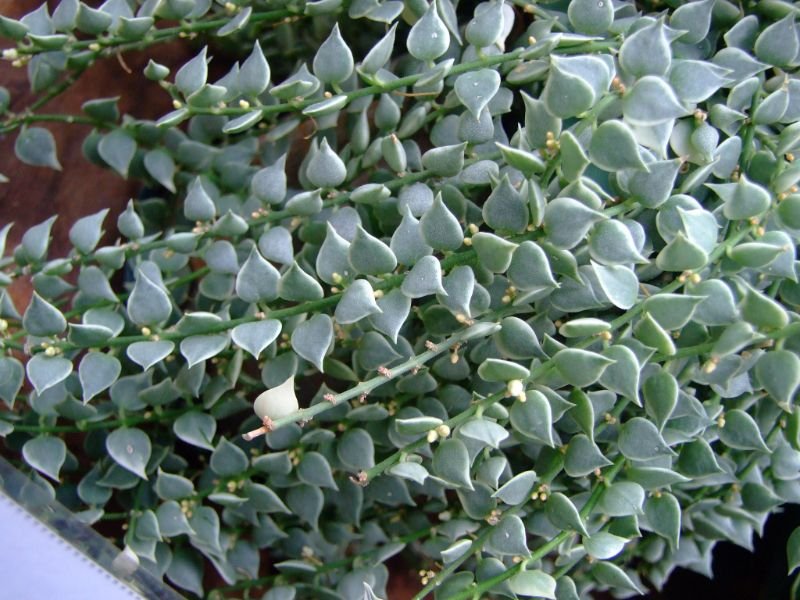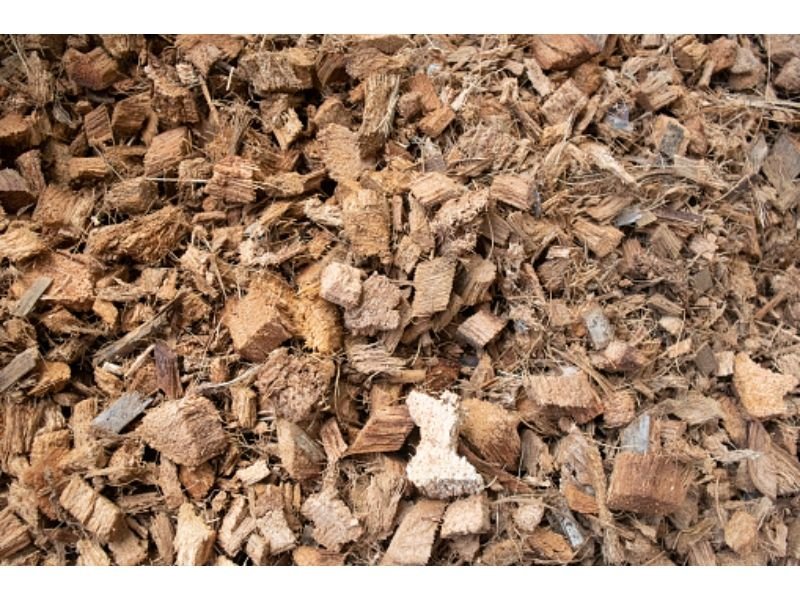Last updated on May 17th, 2023 at 07:49 am
If you’re a plant enthusiast or just starting out, you might be wondering what the best soil for Dischidia Ruscifolia is. With so many different types of soil available, it can be challenging to determine which one will provide the right nutrients and environment for your plant to thrive. In this comprehensive guide, we’ll explore the ideal soil characteristics, explain the benefits of using the right soil, and provide step-by-step instructions on how to create the perfect soil mix for your Dischidia Ruscifolia.
Table of Contents
Understanding Dischidia Ruscifolia

Before we delve into the details of the best soil for Dischidia Ruscifolia, let’s first understand what it is and it’s unique needs. Dischidia Ruscifolia, also known as the Million Hearts plant, is a tropical plant that belongs to the Milkweed family. It’s native to Southeast Asia, where it grows on trees, rocks, and other surfaces. It’s a relatively easy plant to care for and can survive in low to bright light conditions. However, like any plant, it has specific requirements to grow healthy and thrive, and one of those is the right type of soil.
Ideal Soil Characteristics
The first step in selecting the best soil for Dischidia Ruscifolia is understanding the ideal soil characteristics. The ideal soil mix should be well-draining, nutrient-rich, and pH-balanced. The soil should also be able to retain moisture while allowing excess water to drain away. Dischidia Ruscifolia prefers slightly acidic soil with a pH range of 6.0-6.5.
Benefits of Using the Right Soil
Using the right soil for Dischidia Ruscifolia has several benefits. First, it provides the necessary nutrients for the plant to grow healthy and strong. The right soil also allows for adequate drainage and prevents root rot, which is a common problem with overwatering. Additionally, the right soil mix provides a stable and supportive environment for the plant to grow, ensuring it stays upright and healthy.
Step-by-Step Guide to Creating the Perfect Soil Mix
Now that you understand the ideal soil characteristics and the benefits of using the right soil, let’s dive into the steps of creating the perfect soil mix for your Dischidia Ruscifolia.
Step 1: Choose the Right Ingredients

To create the ideal soil mix, you’ll need a few ingredients. Start with a high-quality potting mix that’s rich in organic matter, like peat moss or coconut coir. Next, add perlite or vermiculite to improve drainage and aeration. Finally, add a small amount of sand to improve soil structure and help with drainage.
Step 2: Mix the Ingredients
Once you have all the necessary ingredients, it’s time to mix them together. Start by filling a large container or bucket with the potting mix, leaving enough space for the other ingredients. Add the perlite or vermiculite and sand, and mix thoroughly. Aim for a consistent mixture, and make sure all ingredients are evenly distributed.
Step 3: Test the Soil pH
Before planting your Dischidia Ruscifolia, it’s essential to test the soil pH. A pH testing kit is readily available at most garden centers or online. Once you have the kit, follow the instructions and test the soil mix. If the pH is too high, you can add sulfur to lower it, or if it’s too low, you can add lime to raise it. Aim for a pH of 6.0-6.5 for optimal results.
Step 4: Plant Your Dischidia

Once you have created the perfect soil mix, it’s time to plant your Dischidia Ruscifolia. Here are the steps you need to follow:
Choose the Right Container
Dischidia Ruscifolia doesn’t require a lot of space, so a small pot will do. Choose a container with drainage holes at the bottom to ensure excess water can drain away.
Add the Soil Mix
Add the soil mix you created earlier to the container, leaving enough space at the top to accommodate the plant. Aim for a level surface, and gently press the soil down to remove any air pockets.
Plant Your Dischidia Ruscifolia
Remove the plant from its current pot and gently shake off any excess soil. Place it in the new pot and add soil around the sides, gently pressing it down to ensure it’s stable. Make sure the soil level is even, and the plant is centered in the container.
Water Your Plant
Once you have planted your Dischidia Ruscifolia, it’s time to water it. Water the plant until the soil is moist but not soaked. Make sure excess water can drain away, and place the pot in a bright, indirect light location.
FAQs
Can I use regular potting soil for Dischidia Ruscifolia?
No, regular potting soil isn’t ideal for Dischidia Ruscifolia because it doesn’t provide the right nutrient balance or drainage.
Can I use sand in the soil mix for Dischidia Ruscifolia?
Yes, sand is an excellent addition to the soil mix for Dischidia Ruscifolia because it improves soil structure and drainage.
How often should I water my Dischidia Ruscifolia?
Dischidia Ruscifolia prefers to dry out between watering, so it’s essential to water it when the top inch of the soil is dry.
Can I use a plastic container for Dischidia Ruscifolia?
Yes, you can use a plastic container for Dischidia Ruscifolia, as long as it has drainage holes at the bottom.
How do I know if my Dischidia Ruscifolia needs repotting?
If you notice the plant’s roots are coming out of the bottom of the pot or the soil is compacted, it’s time to repot your Dischidia Ruscifolia.
Conclusion
In conclusion, choosing the right soil for Dischidia Ruscifolia is crucial to its growth and overall health. The ideal soil mix should be well-draining, nutrient-rich, and pH-balanced, with the ability to retain moisture. By following the steps outlined in this comprehensive guide, you can create the perfect soil mix for your Dischidia Ruscifolia and ensure it grows healthy and strong. Remember to test the soil pH before planting, choose the right container, and water the plant when the top inch of the soil is dry. With the right soil mix and proper care, your Dischidia Ruscifolia will thrive and add beauty to your indoor garden.

Gardening is my passion and growing plants indoors has always been a stress relief for me. Grow a banana tree in my apartment once (although failed to produce bananas).






